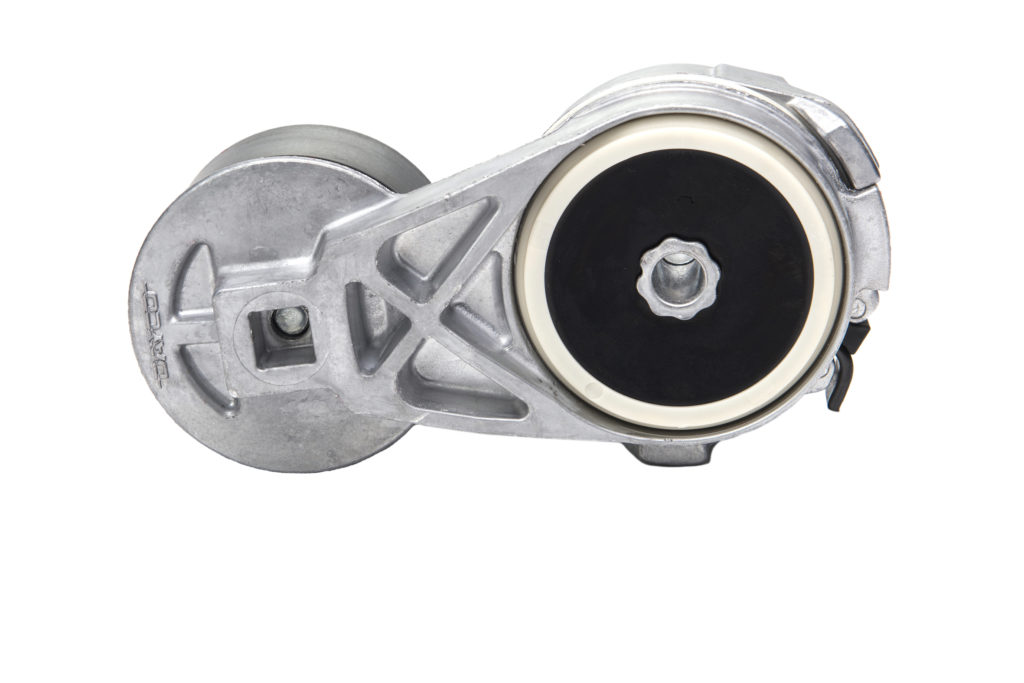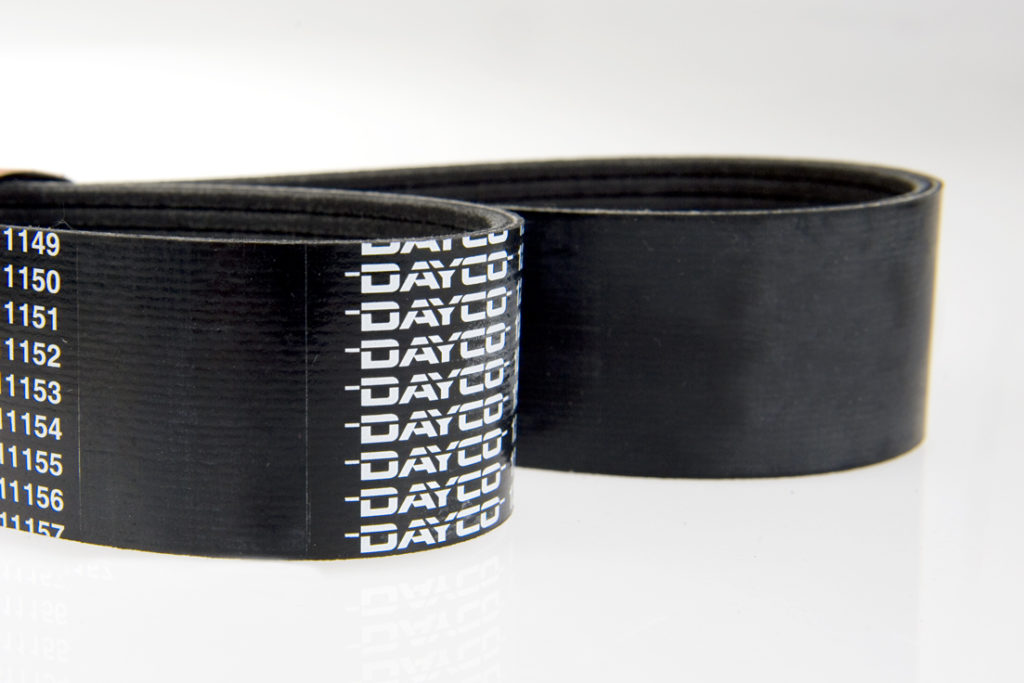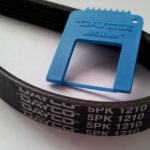As a key component of any vehicle’s system, the auxiliary belt is too often overlooked by technicians while checks are carried out, says Dayco. Steve Carolan, National Sales Manager, outlines the potential cost implications of failure, while also offering advice on how to check for signs of wear.
For a sector that operates in a very competitive environment and which relies on just-in-time delivery
logistics, the transport industry should be at the forefront when it comes to preventative maintenance.
However, the auxiliary drive system, which is critical to the performance and reliability of any commercial vehicle, is very often overlooked by technicians. To help fleet managers avoid unnecessary costs and inconvenience, Dayco is leading the charge to encourage the industry to take a moment and check the condition of the auxiliary belt, every time a vehicle visits the workshop.
“The implications and expense associated with auxiliary belt failure can hardly be overstated,” explains Steve.
“Despite being relatively inexpensive, they are nearly always overlooked and tend to be changed only when they are beginning to, or have actually, failed.”

“With the complexity of the modern auxiliary system and the number of components now driven by belt systems, the collateral damage of a failure can be considerable. Although the radiator can often take the brunt of the impact of a flailing bet, which is likely to cause harm to its intricate cooling surfaces, crack internal pipework and result in coolant leakage, engine cowlings, hoses and even thermostat housings can also be broken, adding to the cost.
“Alongside the need to replace the affected parts, the vehicle’s time off the road must also be factored into the potential cost of ignoring the condition of the belt. Recent figures reveal that, dependent on its load, a typical commercial vehicle working on a daily national delivery contract could cost the owner up to £500 a day while it is out of action. In addition, there is also the cost of roadside repair or recovery of the vehicle.
“With this in mind, our simple question to the industry is this: taking into consideration the potential costs, is ignoring the condition of the belt really worth the risk?”

Check & Change
“Applying the ‘check & change’ principal every time a vehicle enters the workshop only takes moments and will mitigate potential financial costs. In addition, by fitting a Dayco aftermarket belt, which is manufactured on the same production lines, to the same standard as the original equipment (OE) belts we supply to many of the world’s commercial vehicle manufacturers, workshops will be fitting a genuine OE quality belt, while avoiding the high cost of a dealer sourced part.
“To help technicians correctly assess the condition of the belt, Dayco has designed the aWEARness gauge, which provides them with several ways to check whether the belt needs to be replaced. Firstly, the profile indicator, which when held against the ribs, will show whether there is any side clearance between the teeth of the profile indicator and the side of the ribs. A new, or still serviceable belt, will show no side clearance, but on a worn belt, the base of the teeth will bottom out on the top to the ribs and reveal a gap between the sides of the ribs and the teeth of the tool.”

“The second check will show the wear on the ribs themselves. An indicator ‘bar’, on the opposite end of the tool, will sit above the tops of the ribs when placed lengthways along the groove on a new belt, but sit below the top of the ribs along the groove of a worn belt. This shows that material has worn away and the gap between the ribs has increased.
“The final check for cracks allows the technician to view the ribs through a 25mm square ‘window’. If four or more cracks are visible through the window, then the belt must be replaced to avoid failure.
“So, to reinforce the message, check & change the belt and operators will invest a little, to save a lot!”









